The Chocolate Block 2023
Descrizione
Appezzamenti "da scoprire" con un potenziale enorme. Un lavoro super attento per ottenere un rosso con un colore intenso, un gusto deciso e una buona struttura tannica. La maggior parte dei vigneti di Syrah, Garnacha e Cinsault provengono dalla zona di Swartland, una terra calda e arida con viti che affondano bene le loro radici nel sottosuolo. Il Cabernet Sauvignon proviene dai vigneti delle zone di Franschhoek e della storica Stellenbosch. Un vino con molta personalità
Dettagli del prodotto
Degustazione
Vigna e preparazione
Recensioni degli esperti
This top South African red blend consistently delivers. The 2023 vintage is 74 %Syrah, 11% Grenache, 8% Cabernet Sauvignon, 6% Cinsault and 1% Viognier, with 70% of the fruit sourced from Boekenhoutskloof’s Porseleinberg and Goldmine properties in Swartland. Savoury aromas of crispy bacon and an ashy, dried herb note sit alongside the bright black and blue berry fruit, with a perfumed hint of red cherry. The palate is very satisfying, with its savoury but silky dark fruit, with hints of red liquorice and bramble, all supported by supple tannins. Expansive but elegant, with lively acidity adding freshness. The long finish is laced with black spices and cherry. Aged in French barriques for 12-14 months; 4,043 barrels produced.
This is wonderfully fragrant, with attractive notes of olive, mulberry and peppercorn. It’s juicy, medium- to full-bodied and very bright, with fine-grained tannins and a lively finish. 74% syrah, 11% grenache, 8% cabernet sauvignon, 6% cinsault and 1% viognier. Delicious already. Drink now.
With an ample 1.2 million bottles made, the Boekenhoutskloof 2023 Swartland The Chocolate Block is one of South Africa's most popular restaurant and retail wines. The blend is 74% Syrah, 11% Grenache, 8% Cabernet Sauvignon, 6% Cinsault and 1% co-fermented Viognier. Eighty percent of the grapes are farmed by the in-house team. No new oak is used except for the Cabernet Sauvignon, and the rest sees neutral barrel. Proprietor Marc Kent says the wine is on its way to officially becoming organic. People underestimate the influence of the Cinsault, he says. It takes away from the roughness of the other grapes, and along with Grenache, creates a more perfumed style of wine. The Chocolate Block is its own brand, representing a fruit-forward, accessible and food-friendly red wine with medium-plus texture and pleasant softness.
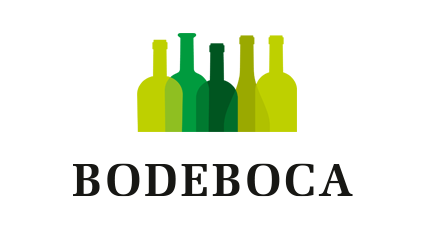
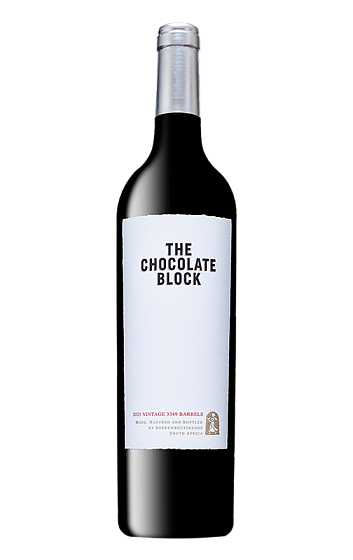


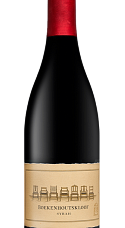

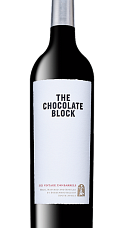
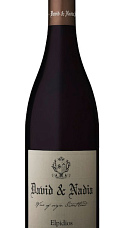
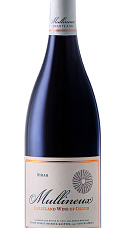
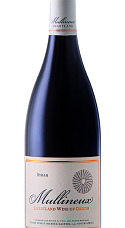


Annate: 2023 2022 2021 2020
Questa annata non è ancora stata recensita. Utilizza la navigazione qui sotto per vedere le recensioni delle annate precedenti.
As usual an excellent wine. Deep and rich great finish. Expensive but worth it.
Muy rico, aunque no para todos los bolsillos
No tan redondo como parece, el color es intenso pero el sabor me recuerda a la garnacha con poca madurez del vino
Me ha gustado mucho. Intenso, complejo y elegante. Muy bueno
Cuesta más de lo que vale. RCP negativa.
Corcho de mala calidad Lágrima densa, abundante capa alta, casi tinta china Potente, algo astringente pero invita a seguir bebiendo